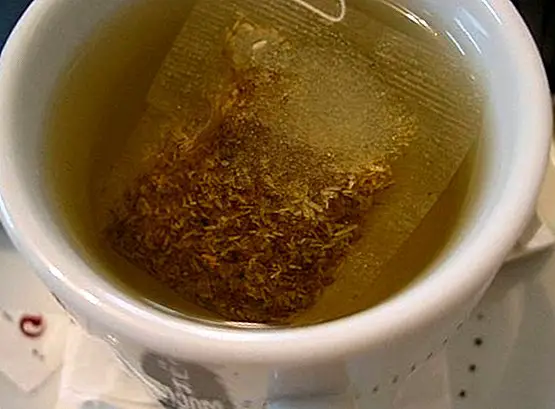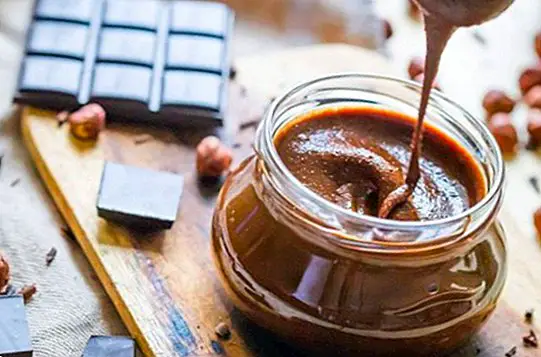Why should we soak legumes before cooking them
The vegetables They are characterized by being part of a varied and balanced diet. And is that as many nutritionists agree, according to what is known as the Mediterranean diet is very important eat about 3 servings of legumes a week. The reason is evidently found in that they constitute a healthy and tremendously nutritious food, with a privileged position in the well-known food pyramid.
Basically consist of the fruit of the legumes; that is, in the seed contained in the plants belonging to the Legume family (Fabaceae). Generally they have an interior flesh that is characterized by being spongy, white and velvety. And although most of the time they have a compressed and elongated appearance, this really depends a lot since we can also find ourselves with somewhat more round shapes.

Although ultimately depends on each country, in Spain vegetables most consumed are chickpeas, lentils, beans and dried beans. We must also name soy as a legume that for some years has begun to be consumed in our country, whose consumption is increasing little by little, but it is true that so far it is not part of our daily and traditional cuisine.
There is a custom quite common in many kitchens of soak the legumes, especially hours before cooking. It is, of course, a habit transmitted from generation to generation, which stands out precisely because it is tremendously successful. We explain why.
Why is it necessary to soak legumes?
We must bear in mind that legumes are "dry" foods, so that if we cook them dry and we have not soaked them previously, a greater part of the cooking time will go by when the water reaches the central zone of the legume, while its exterior will be very fragile.
This means that it is recommended to put the vegetables in soaking before cooking, fundamentally because it provides the following advantages:
- Faster cooking: when soaking the vegetables a few hours before cooking them, the cooking time is reduced, accelerating.
- We hydrated them: when we soak them for a few hours we get some higher quality legumes because we hydrate them and tend to increase their initial size; it is precisely at this moment when they acquire their point of highest quality.

And how to soak them? To soak and hydrate them, simply put the vegetables in a large bowl and cover them with water that is not excessively cold. In this sense it is not advisable to be short with the amount of water, since if we put little in reality the legumes could absorb all the water and become dry.
How long should we soak them before cooking them?
We must bear in mind that, in the first 2 hours of soaking, the vegetables are capable of absorbing half of their capacity. However, around 10 or 12 hours of soaking tend to double their weight.
So, an advisable option is to leave the vegetables in soaking in water for 12 hours, usually between 8 to 12 hours. For example, you can choose to leave them to soak overnight and when you cook them the next morning remove the water.

However, depending on the type of legume this time may vary a bit. This is what happens with lentils, which require a shorter time than for example beans or beans. Pay attention to the following recommendation table:
- Lentils: between 2 to 4 hours of soaking.
- Green peas: between 4 to 8 hours.
- Jewish: between 4 to 8 hours.
- Broad beans: between 4 to 8 hours.
- Chickpeas: 8 hours.
Is it advisable to use water for soaking legumes?
Everything will obviously depend on the custom of each one. There are those who use the soaking water for later cooking and those who do not. In any case, as many nutritionists say, the truth is that hydrating the vegetables certain substances and minerals become part of the water, so it is advisable to use the soaking water for the cooking of the vegetables always. ThemesLegumes Cooking tricks


